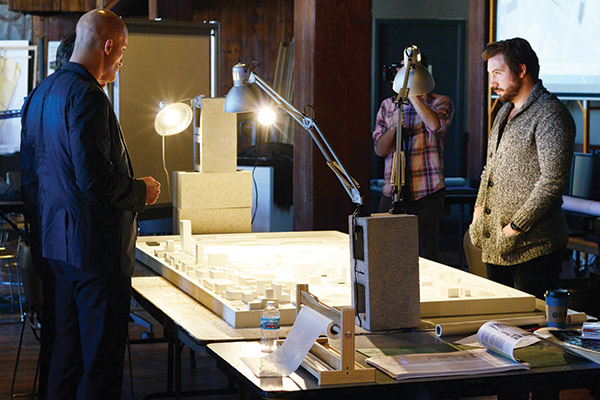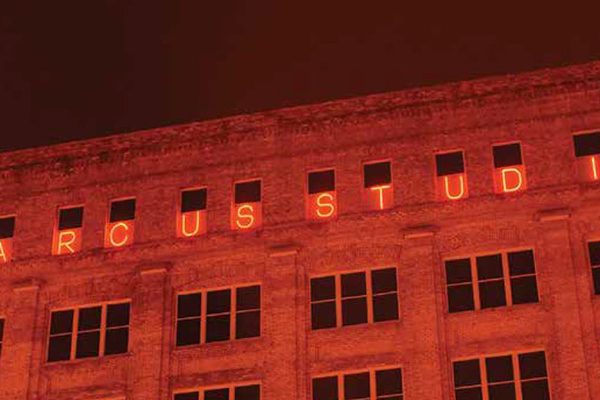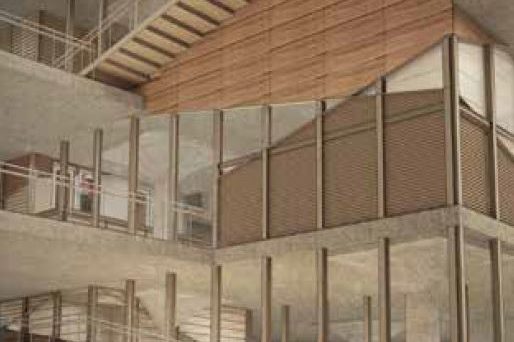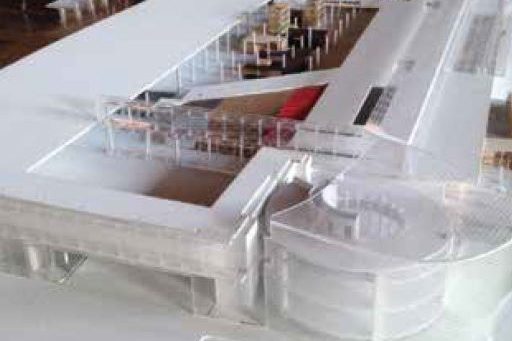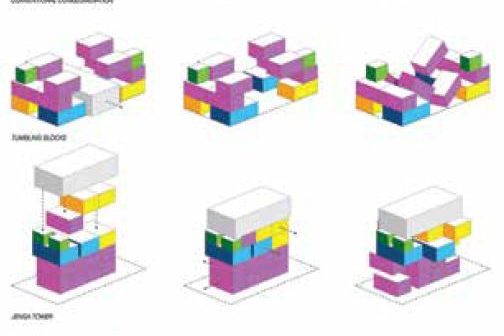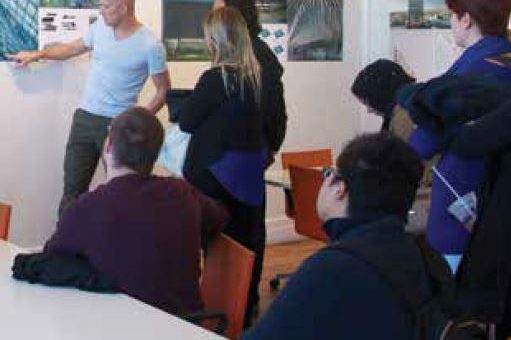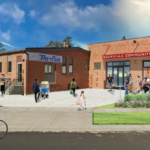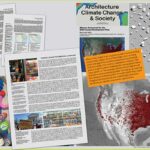The University of Wisconsin–Milwaukee School of Architecture & Urban Planning, through the vision and generosity of Milwaukee’s Marcus Corporation Foundation, has initiated a biennial, international architectural prize to recognize the talent and achievements of emerging architects in the early stages of their career. The award honors architects for their outstanding work to date—as well as their promise of greatness in the future. The $100,000 prize provides $50,000 to the winner and a further $50,000 to lead a design studio in collaboration with UWM faculty. In addition to the award itself, the Marcus Corporation Foundation provides financial support to host the selection jury and to bring the awardees to Milwaukee for the studio.
Brooklyn-Based Architect
Works with Students to Reimagine Milwaukee’s Post Office
Described by RIBA as “The most lucrative prize for young designers in the world matched only by the Pritzker,” the Marcus Prize recognizes the newest architectural voices destined to be international leaders in design but currently at the early stage of their career. Offered every two years since 2005, the Marcus Prize has been awarded to six important international designers. The $100,000 award includes the opportunity to direct a design studio at SARUP for a semester. Joshua Prince-Ramus, based in Brooklyn, New York, is this year’s winner and the first American architect to receive the award. Joshua was founding partner of OMA New York—the American affiliate of the Office for Metropolitan Architecture/Rem Koolhaas. Joshua Prince-Ramus directed the Marcus Prize Studio in collaboration with Adjunct Associate Professor Matt Jarosz and assistance from Marit Gamberg, Associate Professor Gil Snyder, Brook Meier, Matt Mabee, and William Krueger.
Joshua is particularly interested in form making derived from intensive program analysis and supported with innovative application of technology from many disciplines. The studio was collaborative in its search to produce design models for Milwaukee that can underscore its historic role as a laboratory of ideas and as a regional leader in implementing groundbreaking urban and architectural strategies. During the semester, Joshua asked the students to work as a single class team through a feedback loop process: “first identify the core issue(s) at hand; take positions regarding these issues; respond with an architectural proposition.” Ultimately, each architectural proposal was evaluated relative to the core positions established earlier by the students.
Applying this approach to downtown Milwaukee became the challenge. All the students within the Marcus Prize Studio 2016 developed an adaptive re-use design for a centrally located, underutilized building downtown: the brutalist architecture of the central US Post Office building on West St. Paul Avenue. As Joshua noted in his instructions to the studio, “A broader vision of sustainability is necessary, one that proposes strategies which maximize the potential of our urban cores’ existing vitality and infrastructure. A sustainable future demands that population be funneled back into America’s downtowns, within easy walking reach of existing infrastructure and amenities such as schools, libraries, recreation facilities, theaters, restaurants, and retail, whose carbon debt has already been paid off. Ultimately, urbanity itself is the embodiment of sustainability at all levels—health, environmental, and economic. The booming resurgence of the many midwestern and western cities that have invested in their cores in recent years is a clear demonstration of this vision’s impact and value.”
Students acting as a single design team were tasked with the transformation of the Post Office building into a major civic institution with a library, a performance theater, a cinema complex, and a museum. As Joshua directed the students, “The studio’s ambitions will not stop at the adaptive re-use of the existing structure, however. It is incumbent upon the architectural profession to start conceiving of buildings—be they ‘new-build’ or ‘adaptive re-use’—that facilitate their adoption of future technologies, their adaptation to future programmatic needs, and their disassembly at the end of the building’s useful life.”
